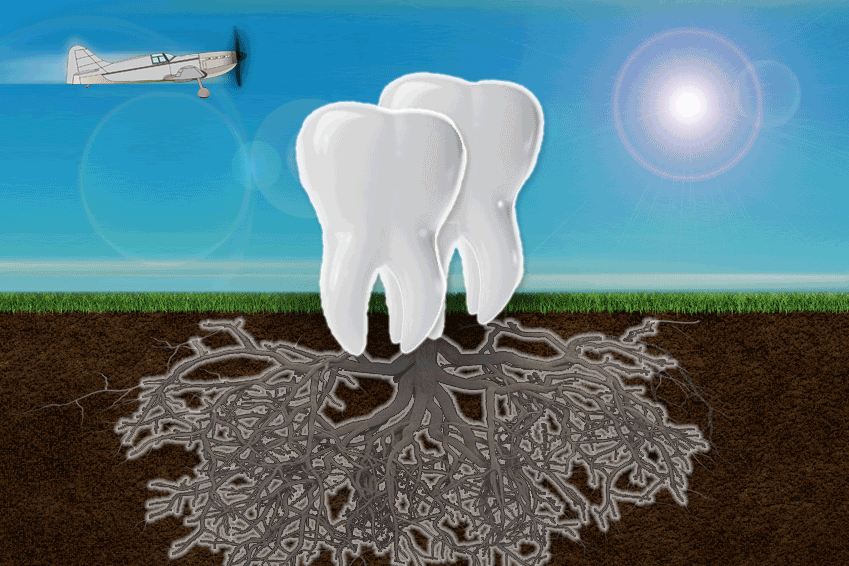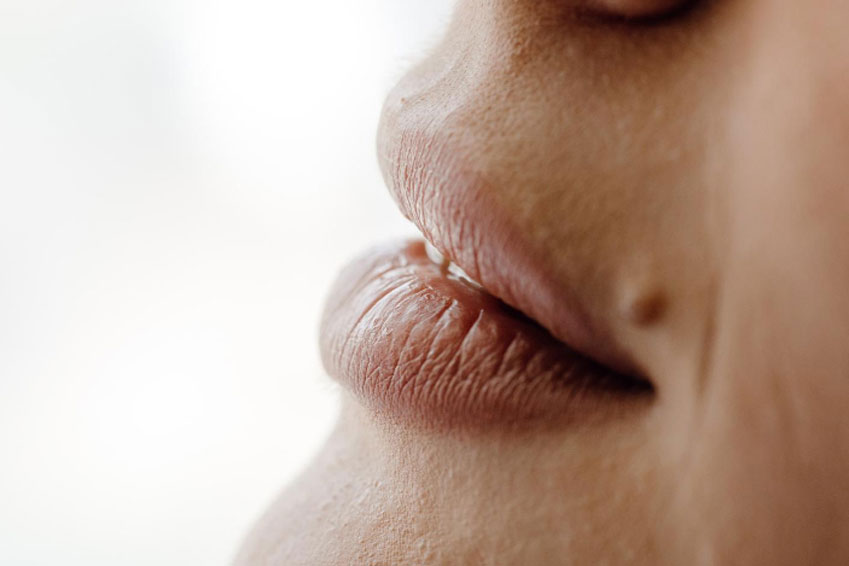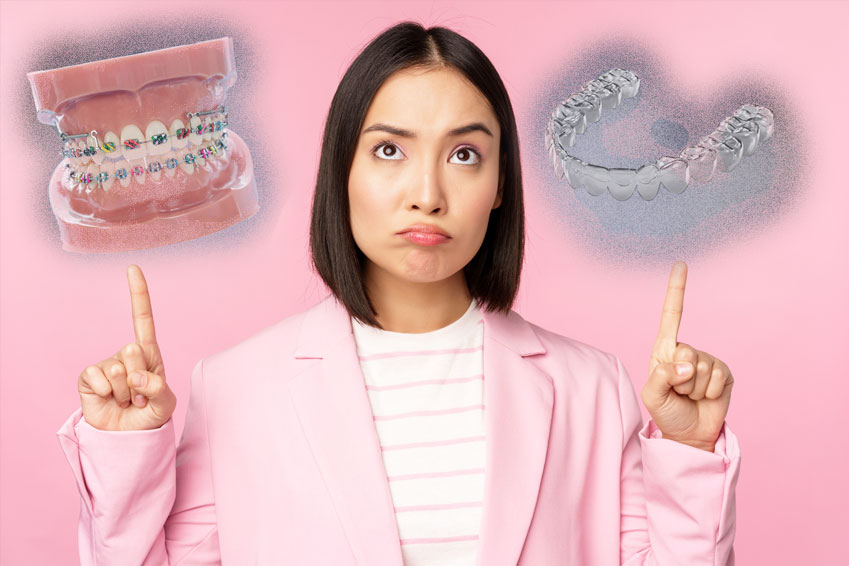
Scientists asked, “Is it possible to multiply the number of developing teeth and then implant them back in the mouth of the host?” The answer they came up with was “Yes!”
Source: Science Digest
In reports of a recent project in Japan, researchers from the RIKEN Center for Developmental Biology, coordinating with Tokyo Medical and Dental University, extracted teeth germs from mice, that is, collections of early stage cells that later grow into actual teeth.
They partially divided them in two, and implanted them back into the jaws of the mice. Eureka! (or should we say, “Squeak!) The divided cells groups actually developed into two fully functional teeth!
Teeth a big target for regeneration
Research team leader, Takashi Tsuji, claims that about ten percent of all people are born with teeth missing. Combine that with those that lose teeth due to disease, accidents, etc., and the market is huge for regenerative dental solutions.
He noted that the germ cells that grow into teeth in humans are limited in number, so splitting existing germ cells was the way to go.
How they did it
Germ cells from mice were extracted and placed in culture. After about fourteen and a half days, the team used nylon thread to partially cut the germs into two sections, leaving a small part attached. They continued to grow the germs. The thought was that the chemicals triggering growth and development of the teeth would hit both sections equally.
It worked! The germs grew into two separate teeth, and were transplanted back into the mouths of the mice, creating fully functional, albeit slightly smaller than normal, teeth.
Amazingly, the team used classic orthodontic methods to move the new teeth into desired positions (mice with braces!), and jawbones actually remodeled to accommodate the new teeth!
What’s this mean?
In the immediate future, Takashi Tsuji says that this protocol could be applied to children who have not properly developed teeth as a result of medical conditions, since the germs of permanent teeth or wisdom teeth could be split and implanted, just like in the experiments. Further out, it may be possible to use stem cells to create actual teeth.
For now, if you have missing teeth, visit your dentist for current-day solutions. And if you own any pet hamsters or mice, please don’t try this at home! 
Note: This study was published in the journal, Scientific Reports, an online journal of the publishers of Nature.















